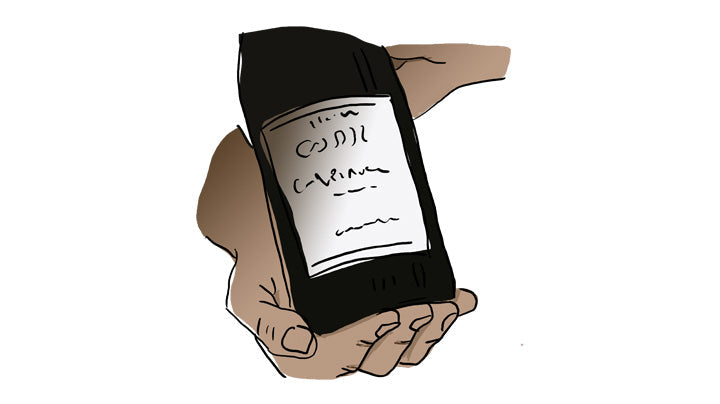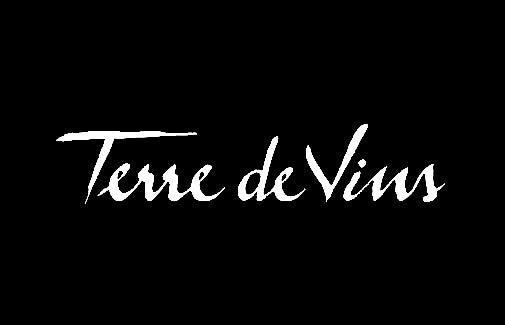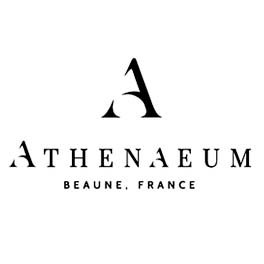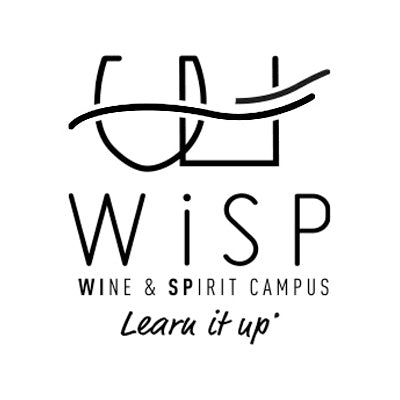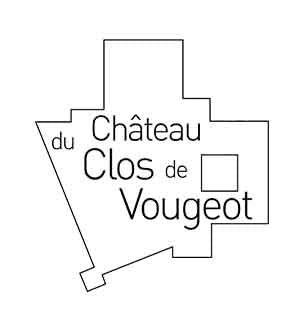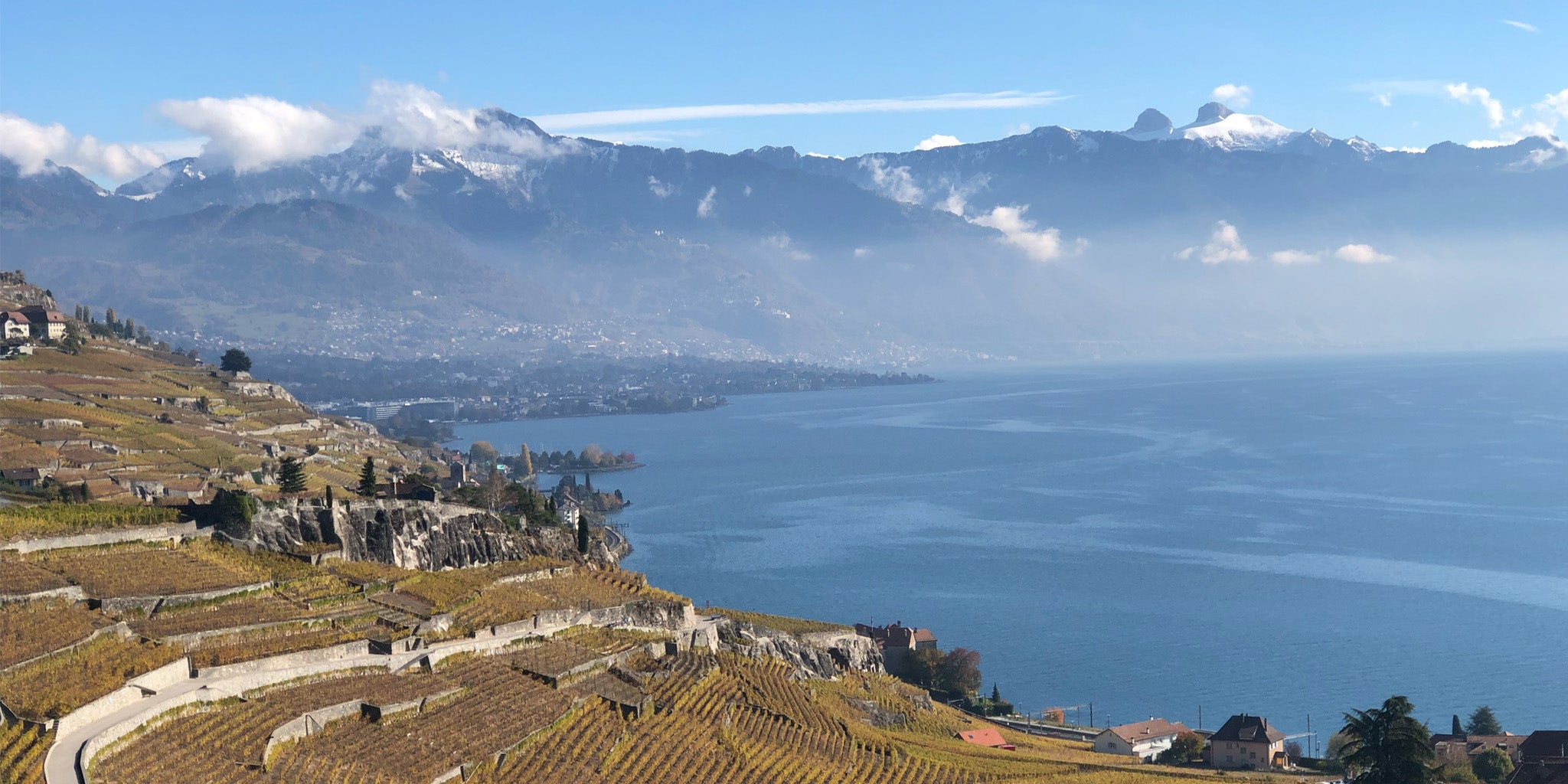WSET (Wine & Spirits Education Trust) levels have many advantages if you wish to work in the wine industry or if you would like to improve your wine knowledge. There are 4 different levels: 1 and 2 are relatively easy to achieve, things start to get serious at level 3, and level 4 will ask a lot more time and commitment. In this article, I will present the level 3, that I passed with distinction in 2019.
What are the advantages of wset 3?
-
A structured way to learn wine. WSET 3 gather all the basis on wine you need to know: grape growing, environmental and human influences, grape varieties, winemaking styles in each major producing region around the world;
-
Objective wine tasting. The SAT is the WSET tasting process. You will be able to taste and define the quality of a wine based on defined criteria;
-
International recognition. WSET 3 is one of the most recognized certification in the industry. It guarantees that you have acquired advanced knowledge on wine techniques and styles of wines of the world;
-
A large network. You will meet other enthusiasts, teachers, professionals, with whom to discuss and who will support you on your wine journey.
What will be the process?
WSET 3 takes about 2 months to study, go to classes and then take the exam. You will be expected to pay between 900 and 1,100 euros depending on the center. Find the center you like, the list is available on the official WSET website. Classes last about 5 days, including theoretical courses and several group tasting sessions. When you register, you will receive at home the material you need to succeed (book, guide, tasting sheet).
The key: be perfectly prepared and study the content of the book before coming to classes.
Be sure you register a few weeks before classes to be able to study. There is a lot of content, and learning it all in few days might be overwhelming. WSET organisation suggest around 50 hours of self-study, I wouldn't hesitate to plan even more. On the other hand, no need to stress yourself practising tasting beforehand, you should succeed with what you learn in classes. The center will manage your registration to the exam, and you will usually take it just after your week of classes.
The exam
2h30 of exam, it goes very (too) quickly, hence the importance of being prepared. There are two parts: theory (2h) and tasting (30min). You need to have 55% in both to pass. You will start with theory part and have a little break in between.
In the theory part (2h), there are two sub-parts. The first consists of 50 multiple choice questions. This part should take you a maximum of 30min, and you should start with this one, these are the easiest questions if you are familiar with the content. This will give you 1h30 to answer the second sub-part: 4 open questions. Here, you really must pay attention to the question. The way the question is written will guide your answer, each word is chosen for a purpose. Be careful to off-topics or too long answers, you just risk wasting some precious time and not getting any points. The idea is to answer just what is asked, not to share all your knowledge. Your center will brief you very well on this subject.
For the second part, blind tasting (30min), you will have to describe the profile of 2 wines. Again, no surprises, do as you learnt in classes. After your exam, you will have the results within 2 months.
A good tip?
Amble Wine workbooks “Practise wine” will help you practise your wine maps, with appellations, grape varieties, soils, risks of all major wine regions of the world… Have a look, this can really make your life easier!



